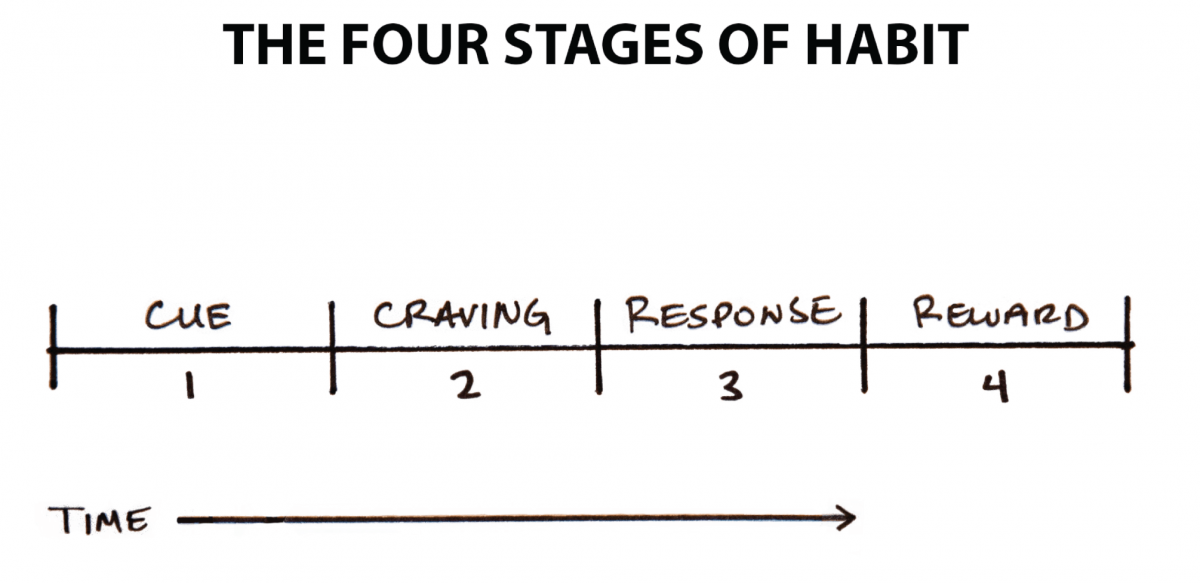As the new year comes around, it always sparks the desire to re-examine past achievements and set new goals as you look toward the future. What was accomplished? What remains incomplete? What no longer matters? All things to consider. In addition, what is important for the upcoming year? What is realistic? What is a stretch? What is most meaningful? What will have a significant impact? These questions also deserve some forethought.
Setting SMART goals is a common model which focuses on making sure your difficult goals or challenging goals are structured in a way to make them realistic goals. It’s an effective goal setting model and has been used by many people to achieve ambitious goals.
So I’ll skip that goal-setting process and offer you a few hacks to help you in the attainment of goals over the next 12 months.
Hack 1: Vertical vs Horizontal Goal Setting
If you find that your list of personal goals or even professional ones is long, it’s good to examine if the goals support one another or compete with one another. Vertical goals build upon previous achievements. Horizontal goals divide your attention between several different goals at the same time.
An example of a Vertical Goal could be securing a new job. So you may set a few sub goals to help support achieving that. For example, finish reading a new book in this field. Read 3 blogposts by the thought leaders in this space. Connect with a friend who has been in this space for a few years to learn their perspective. Each goal is supporting the main goal to ensure actual goal attainment.
An example of a Horizontal Goal could be having a goal of securing a new job while also having a goal to buy a new house and get really good at a new game you bought. With time being the scarcest resource, to effectively achieve any of these goals more time will be needed. And the time spent one goal doesn’t make achieving the other goal any easier. Time gets sacrificed across all three inefficiently.
Set vertical goals and build momentum while leveraging your precious time!
Hack 2: Use OKRs with OPA
Much has been written about goal-setting theory, especially in the business world complex goals and BHAGs (Big Hairy Audacious Goals) thrive. Performance goals are defined for every month, quarter, and year. The goal-setting process became simpler thanks to a famous business guru.
Andy Grove, former CEO of Intel, created the framework of OKRs, or Objectives and Key Results. The OKR framework became a staple of the Google culture when former Intel rep turned VC, John Doerr introduced it to the Google execs during his tenure at Kleiner Perkins.

It is a simple model which includes having each objective supported by a few easily identifiable key results. Key results are more effective when you have at least one qualitative and one quantitative result identified. And depending at which level, organizational or individual, the objective can be more aspirational or more outcome-driven.
For example, an OKR could be as follows:
Objective: Crush the quarterly targets
Key Result 1: Hit $1M in recurring revenue (Quantitative)
Key Result 2: Close 80% of the revenue from Medium to Emerging Enterprise customer (Qualitative)
Key Result 3: Shorten sale cycle by 3 days, down to 31 days
Key Result 4: Ensure that 30% of net new dollars come from existing business
As you can see from above, while there may be some qualitative and quantitative components to the remaining KRs, the first 2 KRs work in conjunction. Hitting the number alone is not enough if we are selling to the wrong type of customer. In fact, by selling to the right type of customer, we are more likely to achieve KR 3 because we know it’s our sweet spot. We also improve the chances of hitting KR 4 if we have been selling to the right customer from the beginning as this customer will most likely stay with us and continue to grow. Manageable goals leverage the structure of OKRs.
OPA a model from Tony Robbins just adds more flavor to the OKR model. Outcomes, Purpose, and Action is at the core of Robbins’ RPM system. Outcomes are similar to Objectives in the OKRs. The Purpose is important because it helps you identify the “why” in achieving the outcome or objective. A strong “why” as Simon Sinek has shown gets people to take action. An OKR is simply an idea or theory until acted upon. Tony’s system emphasizes writing down actions you can take right away towards achieving that outcome. Writing down action steps helps close the gap in achieving each of your Key Results. Achievable goals leverage the drive behind the OPA model.
Hack 3: Make It a Habit
Often times we fall short of our goals because the goals require new habits to be formed. James Clear, author of Atomic Habits, outlines 4 critical stages a new behavior goes through to make your new habit sticky.


The first stage is the Cue. This is the stimulus that triggers that a reward is around the corner. That cue is triggered from your environment. A simple cue can be when you close your car door, you lock it. Maybe the cue is the sound of the door closing. Maybe the cue is the feeling of a firmly closed door.
The second stage is the Craving. It’s the motivation or “why” of the behavior. You don’t lock the car to just add an additional step of getting out of the car. You lock the car to feel your car, your investment, is secured and will be kept safe. Your motivation is to prevent theft or the feeling of loss. Each person will have different motives even for the same behavior. Find your “why” to help lock in the habit.
The third stage is the Response. This is where the action takes place. The actual locking of the car door. The easier the behavior or less effort required, the more likely you execute the behavior consistently. Use the KISS principle an keep it simple.
The fourth stage is the Reward. When you see your car again the next time and it is still there and not broken into, you reaffirm the behavior you engaged in. The reward locks in the loop. If something had happened to the car, you would probably start questioning your habit to see if you either failed to perform it or perhaps the behavior didn’t fulfill the intended outcome.
As a new behavior goes through the stages repeatedly, each subsequent pass reinforces it. All four stages in sequence ensure a habit loop is formed.
BONUS HACK: Learn New Habits Faster
Once you have reinforced or established behavior in place, you can leverage the strong neural connection that already exists to introduce a new behavior. When you link a new behavior to an old behavior, you are using the established behavior as the CUE for the new behavior. For example, if you have difficulty remembering to turn off the bathroom light in the mornings and you have an established pattern of brushing your teeth, you can link this new behavior to the established one.
Let’s say the last thing you do is turn off the faucet after brushing your teeth. You can use that behavior as the cue to also turn off the light. This way instead of it feeling like you are learning a whole new behavior, you are just piggybacking on a tried and true behavior. Soon the new behavior becomes part of a larger set of behaviors which you may define as “brushing your teeth”.
Understanding how habits are formed also helps you in uncoupling habits that no longer serve you. But we’ll save that for a later post.
Summary
As we roll into the new year and you write down your list of attainable goals for the year, reread each one carefully. A vague goal may feel good but will be meaningless in the goal achievement process. Just as we know the effects of goal setting earlier in the year is important so too is reviewing goal progress along the journey. Over time with repetition, the achievement of goals becomes its own habit. Soon you will find yourself raising the bar to more challenging goals, creating an action plan for every new endeavor. Utilize the above hacks to ensure successful goal setting and start your new year off strong.






